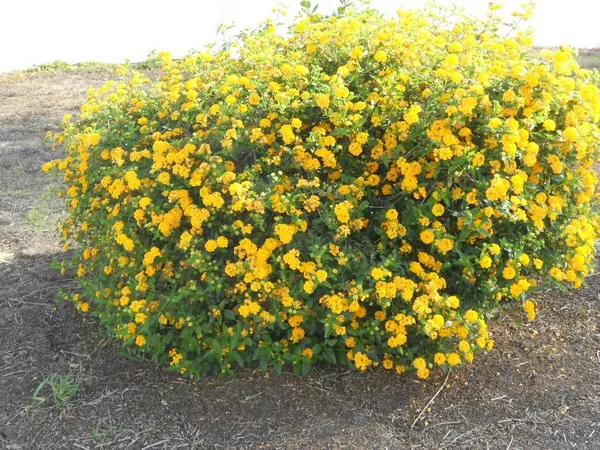Salt Lake City witnesses a mesmerizing display of nature’s beauty during the summer months, as golden-yellow flowers gracefully descend from Amaltash trees. Adorning the avenues, these trees, also known as Golden Shower, paint the landscape with clusters of flowers resembling bunches of grapes.
The Amaltash, recognized as one of the most exquisite tropical trees, holds cultural significance in ancient scriptures such as The Ramayana and The Mahabharata. Thriving across the Indian subcontinent and Southeast Asia, it has earned the esteemed title of the national tree of Thailand.
Standing at a moderate height of up to 35 feet, the Amaltash boasts deciduous leaves, six to eight inches long, arranged in a pinnate fashion with three to eight pairs of leaflets. The tree’s bloom is a spectacular sight, featuring five yellow petals of uniform size and shape. Its fruit, a legume measuring 11 to 23 inches in length and 0.5-1 inch in breadth, emits a pungent aroma and houses numerous seeds.
Botanically labeled as Cassia fistula, the name “Cassia” derives from “Kassia,” meaning “fragrant plant.” Other aliases include Indian Laburnum, Pudding Pipe tree, Kani Konna, Purging Cassia, and Purging Fistula.
Distinguished by its slightly compact size, spreading crown, long drooping branches, and abundant feathery leaves, the Amaltash graces streets, avenues, parks, and gardens. Frequently utilized in avenue plantations alongside Gulmohar (Krishnachura) and Jacaranda (Blue-Mauve), these trees synchronize their flowering seasons, creating a harmonious visual display.
Cultivation and Care
The Amaltash thrives in full sun, preferring hot and dry conditions with well-drained acidic soil. Exhibiting tolerance to drought and a moderate resistance to salt, it requires ample watering during the summer to facilitate active growth. Annual application of a balanced fertilizer contributes to healthy development and abundant flowering.
Pest Control and Propagation
Vulnerable to mildew and leaf spot infestations, the Amaltash may encounter caterpillars feeding on its foliage. Regular application of insecticides and pesticides effectively mitigates these issues. Propagation is primarily achieved through seeds, though their hard nature requires a brief boiling water treatment before sowing during the monsoon season.
Medicinal Uses and Beyond
Beyond its ornamental allure, the Amaltash serves various medicinal purposes. It is employed in treating constipation, the common cold, chlorosis, and urinary disorders. The tree’s leaves exhibit efficacy against the herpes simplex virus, while its bark finds application in traditional anti-diabetic formulations.
In the Indian subcontinent, the flowers of the Golden Shower are occasionally consumed, and its leaves supplement the diets of livestock. Additionally, therapeutic substances derived from the tree’s pulp are integrated into tobacco, and flower paste is utilized as an ointment for treating pimples. The Amaltash, with its multifaceted contributions, stands as a testament to the interconnectedness of nature and well-being.


